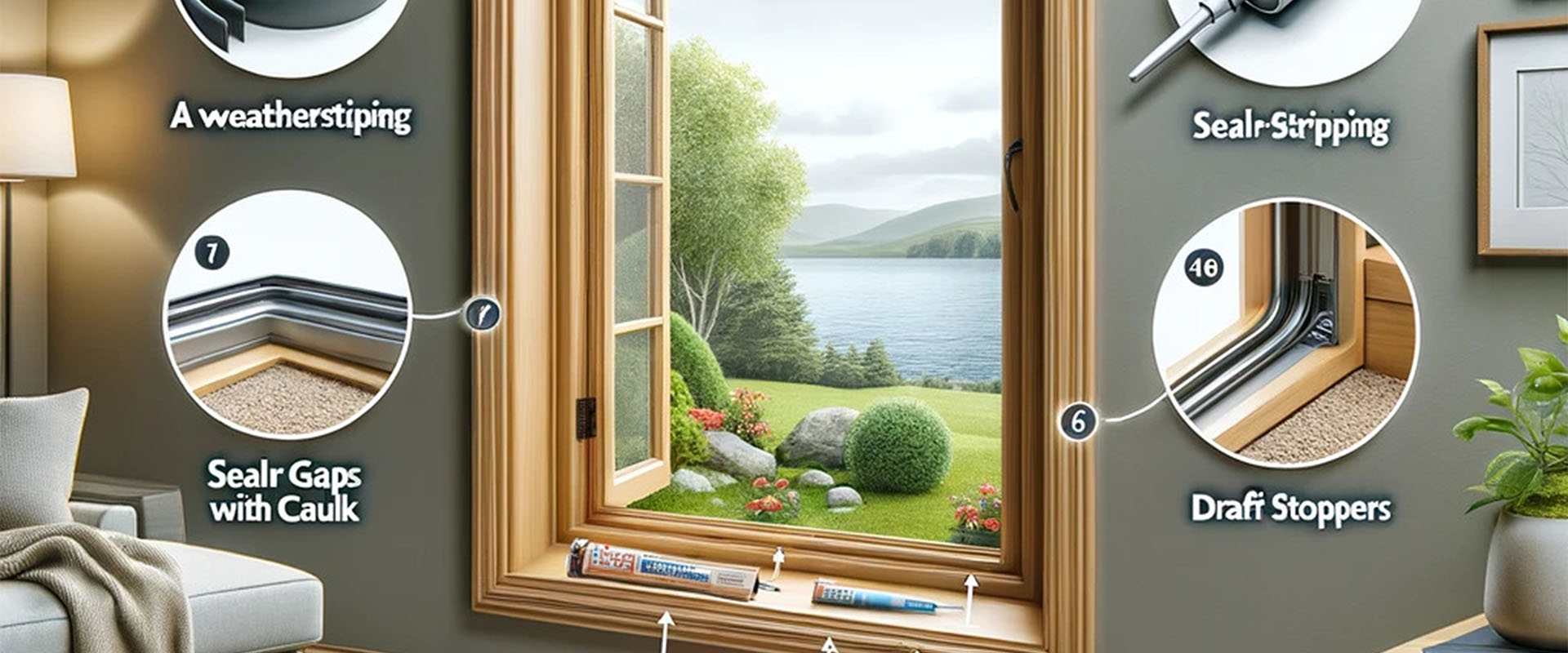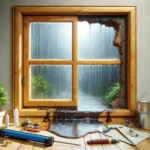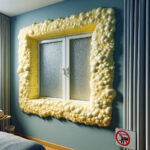In the field of energy efficiency, few problems are as universally encountered and as often misunderstood as the cold draughts in winter and hot in summer that seep through our windows. According to a recent article in the
Journal de Montréal, windows are often identified as the weak point in a home’s thermal envelope, responsible for significant heat loss and susceptible to water infiltration. This step-by-step guide will provide you with the knowledge you need to understand why air is coming through your windows and how to fix it effectively and economically.
In this article, we’ll explore the underlying causes of these infiltrations and offer practical and accessible solutions to improve your window insulation, while also providing an overview of best practices and recommended materials to ensure optimal waterproofing.
Understanding the Problem
Causes of Air Infiltration
- Aging of Materials: Over time, window seals and sealants deteriorate, losing their flexibility and ability to block drafts.
- Inadequate installation: A non-compliant initial installation can create gaps from the start, predisposing your windows to future problems.
- Deformation of Frames: Climatic variations and humidity can deform window frames, especially wooden ones, creating spaces through which air can escape or infiltrate.
Table 1: Identification and Solutions for Air Infiltration
| Source of the problem |
Impact on insulation |
Possible solutions |
| Aging of materials |
Loss of energy efficiency |
Replacement of joints, use of quality caulking |
| Improper installation |
Drafts, heat loss |
Professional relocation or adjustment |
| Frame Deformation |
Gaps, difficulty closing windows |
Repair or replacement of affected frames |
Repair Strategies

Caulking and Insulation Techniques
- Visual Inspection: Carefully examine your windows for any signs of deterioration or deformation that could cause air infiltration.
- Choice of Caulk: Select a product that is suitable for the specific conditions of your home, taking into account the type of material in your windows and the climatic variations in your region.
- Professional Application: Apply the caulk according to the manufacturer’s instructions, making sure all cracks and openings are properly sealed.
Recommendations for Better Insulation
- Insulating Films: The use of transparent plastic films during the winter months can significantly reduce heat loss.
- Insulating curtains: Installing thick curtains or drapery can help insulate against drafts and improve the thermal comfort of your interior.
Secure Your Comfort and Savings
Air infiltration through windows may seem like a minor problem, but its effects on energy consumption and indoor comfort can be substantial. By taking proactive steps to identify and address these issues, you will not only improve your comfort but also reduce your energy bills significantly. This guide has provided you with an overview of the strategies and solutions you can implement to ensure that your windows contribute to your home’s energy efficiency and not to its losses.
By following the steps outlined and using the appropriate materials, you can quickly and effectively reduce or eliminate air infiltration issues, ensuring a warmer interior in the winter and cooler in the summer.





